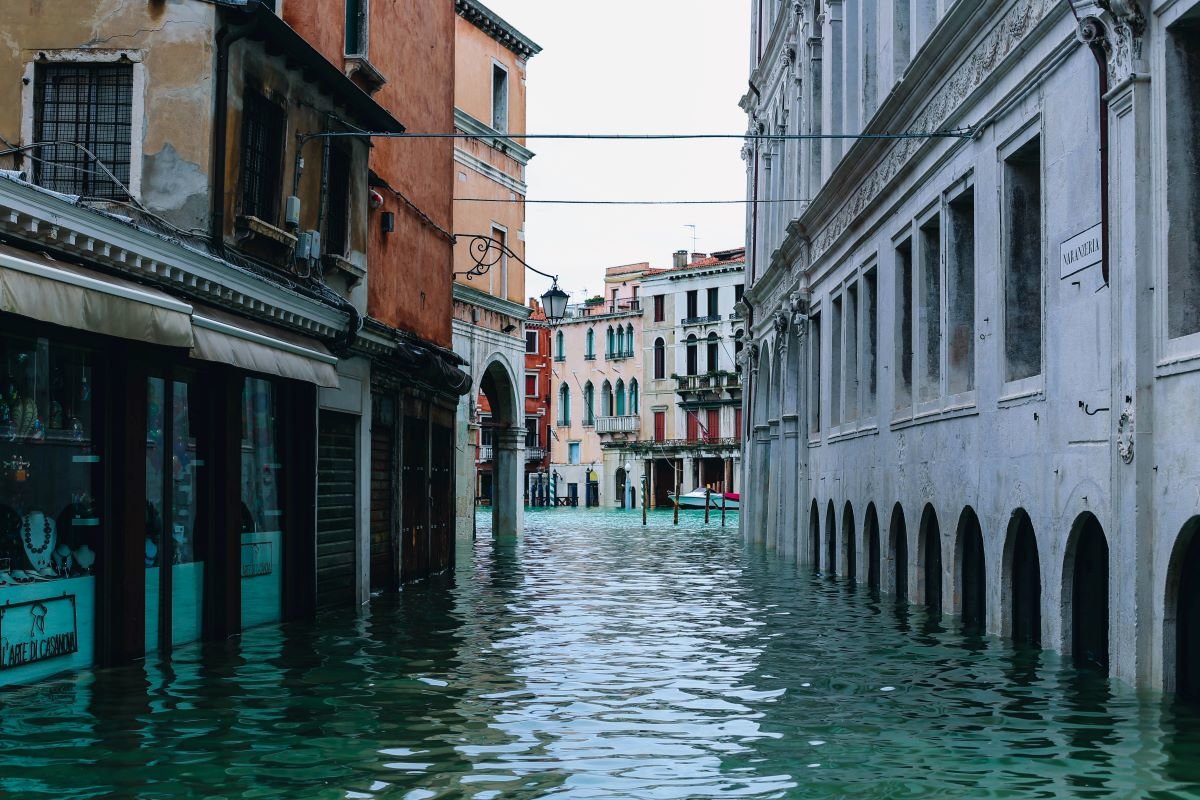Earlier this month, E3G explained why the July Venice sequence of G20 Finance Ministers meeting and the Venice International Conference on Climate Change was critical to success at COP26 and on sustainable finance.
The actions we were looking for included:
- Delivering on climate finance commitments;
- Alleviating debt issues and unlocking fiscal space for vulnerable countries;
- Increasing public banks’ firepower;
- Greening supervision of the financial system;
- Aligning private finance with a 1.5-degree pathway;
- And defining a global framework for green norms.
So what was achieved?
The Venice sequence produced mixed results for sustainable finance.
Progress was made on public banks, private sector alignment and greening supervision of the financial system:
- On public banks firepower, the G20 communiqué sent clear signals on the need to review public banks’ capital adequacy framework and for shareholders to increase their risk appetite. The next day, US Treasury Secretary Janet Yellen said she would shortly “convene the heads of the multilateral development banks (MDBs) to articulate our expectations that the MDBs align their portfolios with the Paris Agreement and net-zero goals as urgently as possible”. Mark Carney also gave a speech, where he noted that “significant additional capacity and capital will be required for MDBs”.
- On private sector alignment and greening financial supervision, the Financial Stability Board presented a comprehensive roadmap to the G20 Finance Ministers for addressing climate-related financial risks. It requested that the Basel Committee on Banking Supervision (oversees the international prudential framework used by regulators) review the existing approach and make new proposals to address gaps on climate-related financial risks. At the Venice Conference, Mark Carney made a call for mandatory disclosures for the private sector to be agreed before COP26 in Glasgow. The US and China showed alignment on the agenda of the G20’s Sustainable Finance Working Group, which they co-chair. However, it is unclear to what extent globally harmonized norms to define sustainable activities will be discussed by the Working Group and addressed in its upcoming October report to the G20. The People’s Bank of China’s statement at the Venice Conference was clearer on this front than Janet Yellen’s more ambiguous formulation.
Results were more disappointing on climate finance and unlocking fiscal space for vulnerable countries.
No new action or commitment was taken on either front:
- COP26 President Alok Sharma’s speech at the Venice Conference acknowledged the gap in reaching the climate finance commitment of $100 billion from developed to developing countries. However, no new contributions were announced from countries (Italy or the US, in particular) to help close this gap.
- Nothing significantly new was announced regarding the use of new Special Drawing Rights (SDRs) to unlock fiscal space in vulnerable countries. This was largely expected: the allocation of new SDRs is expected to be finalized by end of August 2021; their reallocation mechanism to vulnerables is expected for October 2021.[1] No new commitments were made to incorporate climate issues more systematically across the IMF’s activities in support of vulnerable economies’ needs.
Some progress was made at Venice, but there was no significant leap forward. The United Nations General Assembly, the IMF-World Bank Annual Meetings and the October meeting of the G20 Finance will be crucial to close remaining gaps in the sustainable finance roadmap needed for a successful COP26.
[1] The IMF’s proposal, as clarified at the Venice Conference by IMF Managing Director K. Georgieva, is to channel new SDRs to a Resilience and Sustainability Trust to support climate action.


